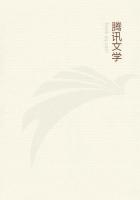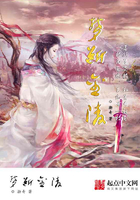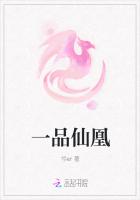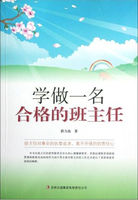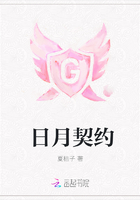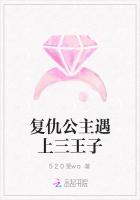(Lonicera sempervirens) Honeysuckle family Flowers - Red outside, orange yellow within; whorled round terminal spikes.Calyx insignificant; corolla tubular, slender, 11/2 in.long or less, slightly spread below the 5-lobed limb; 5stamens; 1 pistil.Stem: A high, twining vine.Leaves: Evergreen in the South only; opposite, rounded oval, dark, shining green above, the upper leaves united around the stem by their bases to form a cup.Fruit: An interrupted spike of deep orange-red berries.
Preferred Habitat - Rich, light, warm soil; hillsides, thickets.
Flowering Season - April-September.
Distribution - Connecticut, westward to Nebraska, and south to the Gulf States.Occasionally escaped from cultivation farther north,.
Small-flowered bush honeysuckles elected to serve and be served by bees; those with longer tubes welcomed bumblebees; the white and yellow flowered twining honeysuckles, deep of tube and deliciously fragrant, especially after dark, when they are still visible, cater to the sphinx moths (see sweet wild honeysuckle);but surely the longest-tongued bumblebee could not plumb the depths of this slender-tubed trumpet honeysuckle, nor the night-flying moth discover a flower that has melted into the prevailing darkness when he begins his rounds, and takes no pains to guide him with perfume.What creature, then, does it cater to?
After reading of the aims of the trumpet-flower on the preceding page, no one will be surprised to hear that the ruby-throated hummingbird's visits are responsible for most of the berries that follow these charming, generous, abundant flowers, so eminently to his liking.Larger migrants than he, in search of fare so attractive, distribute the seeds far and wide.Is any other species more wholly dependent on birds?


